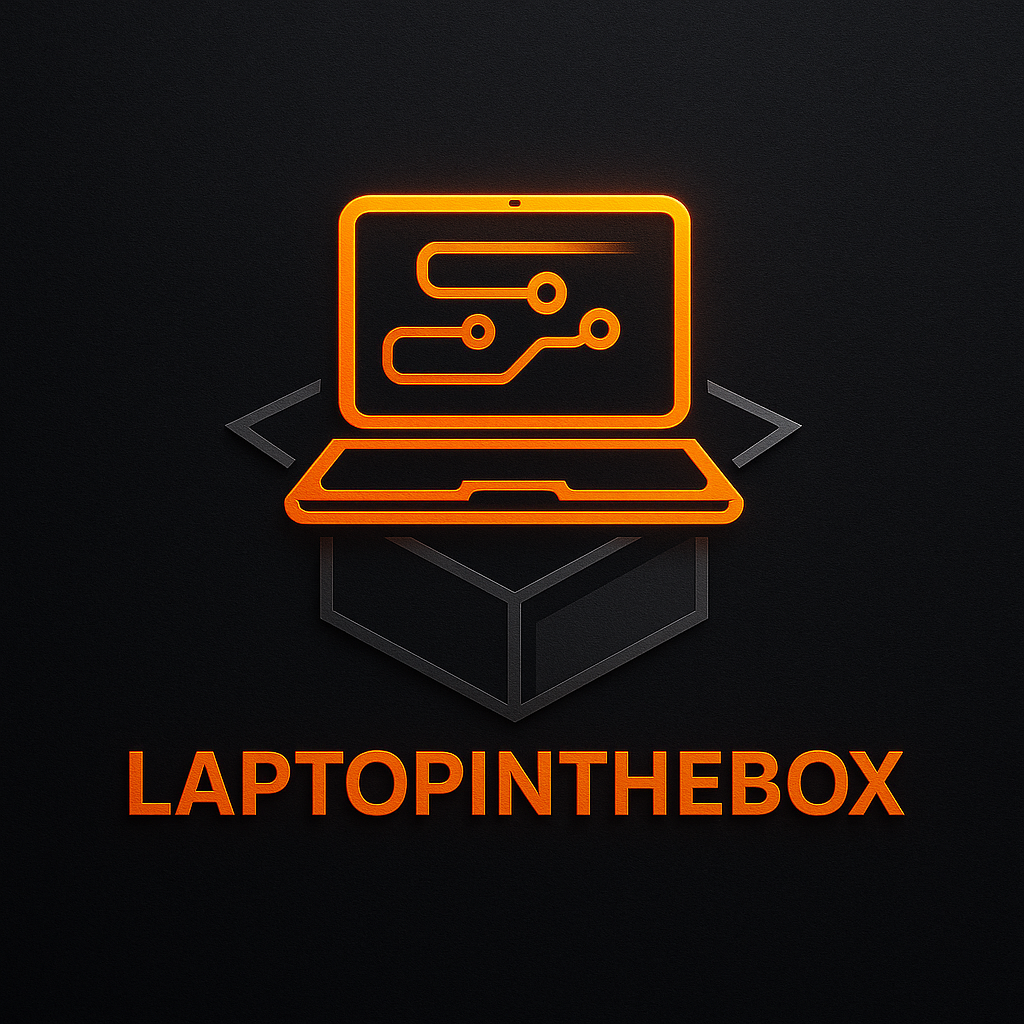The Science of Flash Sales: Driving Immediate Online Sales
The Science of Flash Sales: Driving Immediate Online Sales
Understanding the Psychology Behind Flash Sale Urgency
The allure of a flash sale lies not just in the discounted price, but also in the carefully crafted sense of urgency. This urgency stems from two key psychological principles: scarcity and loss aversion. Scarcity, the perception that a product or offer is limited in quantity or time, triggers a fear of missing out (FOMO). I have observed that customers are more likely to make impulsive purchases when they believe that the opportunity is fleeting. Loss aversion, on the other hand, suggests that people feel the pain of a loss more acutely than the pleasure of an equivalent gain. A flash sale frames the situation as a potential loss – missing out on a significant discount – thereby motivating customers to act quickly.
Consider a small online business selling handcrafted jewelry. They decided to run a 24-hour flash sale on a specific collection of necklaces. The sale was heavily promoted on social media with countdown timers and messages emphasizing the limited availability. During that 24-hour period, their necklace sales increased by over 300%. This illustrates the powerful impact of creating a sense of urgency and scarcity. It pushed customers to purchase immediately rather than procrastinating and potentially missing the deal.
Strategic Pricing Models for Maximum Flash Sale Impact
Setting the right price during a flash sale is critical. While the goal is to offer a significant discount, it’s equally important to maintain profitability and avoid devaluing your brand. Several pricing models can be effective. One approach is to offer a percentage discount across all products or a specific product category. Another strategy is to use tiered discounts, where the percentage discount increases as the customer spends more. This can incentivize larger purchases and boost overall revenue.
Dynamic pricing, which involves adjusting prices in real-time based on demand and inventory levels, is another option. However, it requires sophisticated software and careful monitoring to avoid alienating customers. In my view, the best approach is to carefully analyze your cost structure, profit margins, and competitor pricing to determine the optimal discount level. It’s also important to clearly communicate the original price and the discounted price to highlight the value proposition to the customer. Recent research suggests that consumers are more receptive to flash sales when the perceived value aligns with the discounted price.
Leveraging Data Analytics for Targeted Flash Sales
In the age of big data, guesswork is no longer an acceptable strategy. Successful flash sales are driven by data analytics. Analyzing customer purchase history, browsing behavior, and demographic information can provide valuable insights into which products are most likely to resonate with specific segments of your audience. This allows you to create targeted flash sales that are more likely to convert.
I have observed that segmenting your customer base and tailoring flash sale offers to their specific interests and needs significantly improves engagement and sales. For example, if you know that a particular group of customers frequently purchases outdoor gear, you can create a flash sale on hiking boots or camping equipment specifically for them. Similarly, analyzing past flash sale performance can help you identify which products, discount levels, and promotional channels have been most effective. This information can then be used to optimize future flash sale campaigns and maximize ROI. Explore https://laptopinthebox.com for tools to help with data analysis.
Optimizing the Customer Experience During Flash Sales
A seamless and positive customer experience is crucial for the success of any flash sale. This includes ensuring that your website or app can handle the increased traffic volume, providing clear and concise product information, and offering multiple payment options. It’s also important to have a responsive customer service team available to answer questions and resolve any issues that may arise.
Furthermore, consider the mobile experience. Many customers will be accessing your flash sale on their smartphones or tablets, so it’s essential that your website is mobile-friendly and easy to navigate. I have observed that a poor mobile experience can lead to abandoned shopping carts and lost sales. Based on my research, offering free shipping or expedited delivery can also be a powerful incentive for customers to complete their purchase during a flash sale. In my opinion, simplifying the checkout process and minimizing the number of steps required to make a purchase can also improve conversion rates.
Measuring Flash Sale Success and Iterative Improvement
The final, and arguably most important, step is to measure the success of your flash sale and use the data to improve future campaigns. This involves tracking key metrics such as website traffic, conversion rates, average order value, and customer acquisition cost. It’s also important to analyze customer feedback and identify any areas where the experience can be improved.
By carefully monitoring these metrics and iterating on your strategy, you can continuously refine your flash sale campaigns and maximize their effectiveness. Based on my research, A/B testing different promotional messages, discount levels, and product offerings can help you identify what works best for your target audience. In my view, flash sales should be viewed as an ongoing experiment rather than a one-time event. By embracing a data-driven approach and continuously learning from your successes and failures, you can unlock the full potential of flash sales to drive immediate online sales and build long-term customer loyalty.
Learn more at https://laptopinthebox.com!




